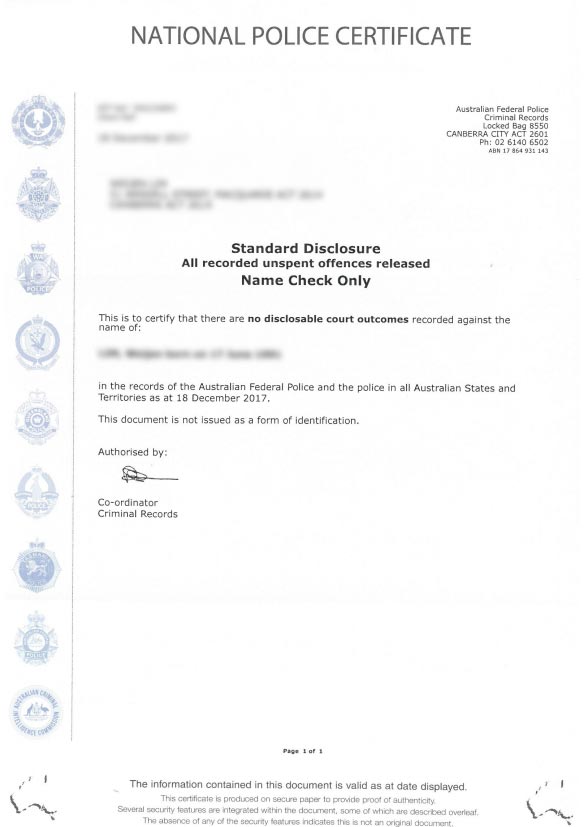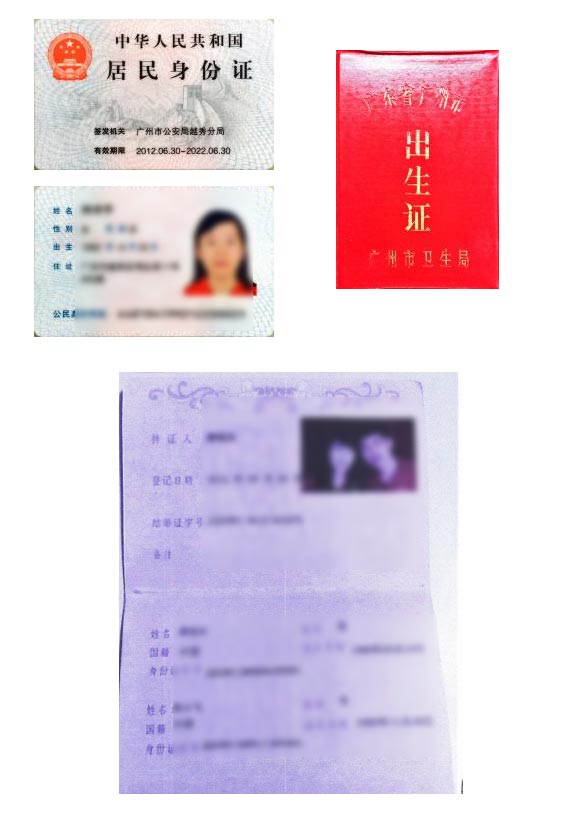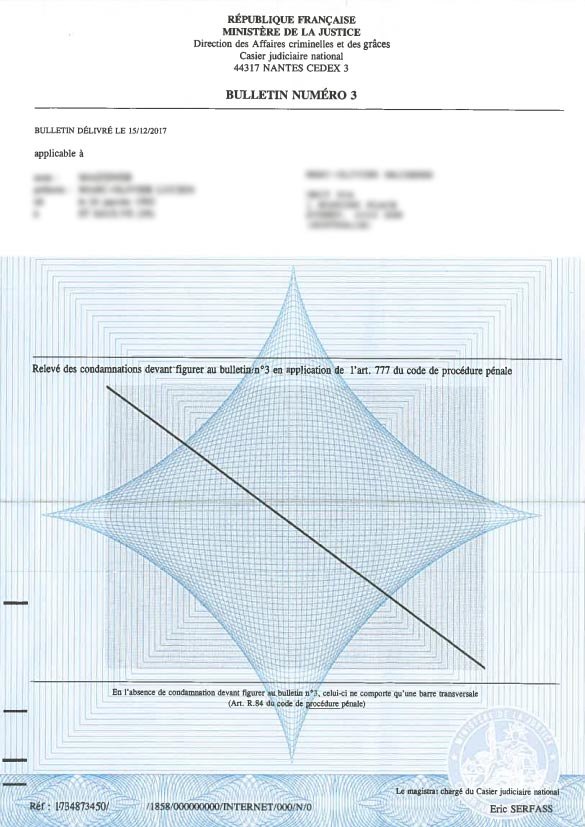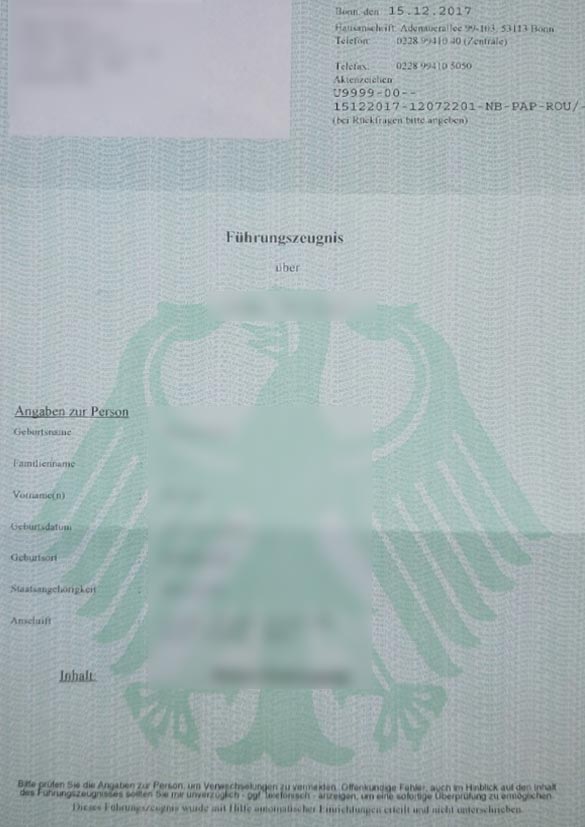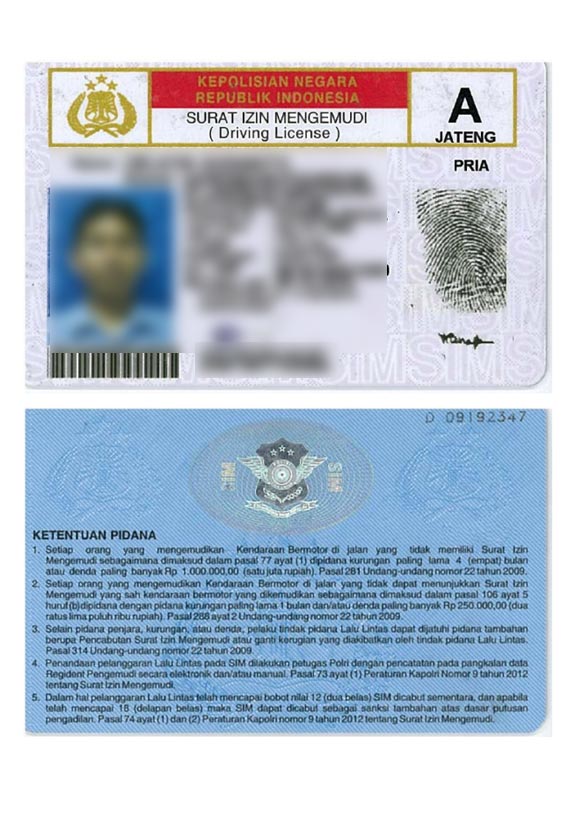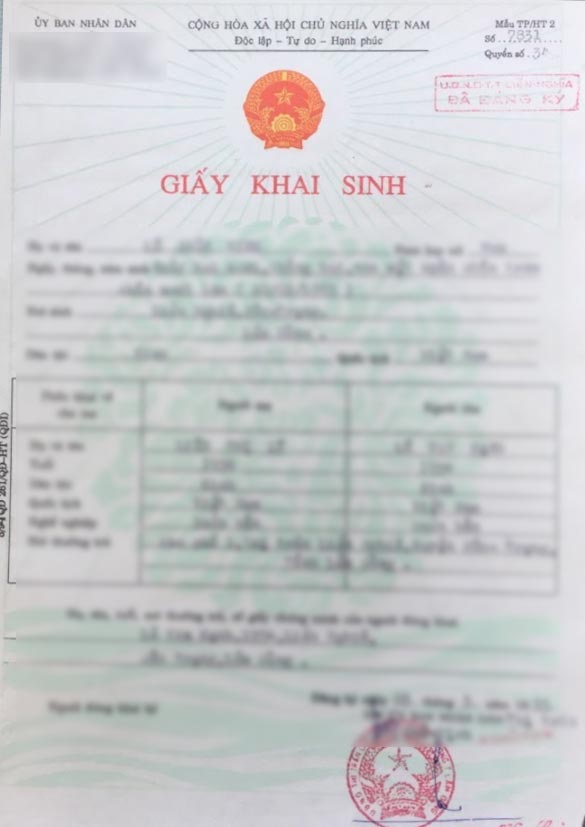Hungarian Birth Certificate Translation Service
Perth Translation Services » Hungarian Translation Services » Hungarian Birth Certificate Translation
Hungarian Birth Certificate Translation
Get NAATI accredited Hungarian translators for certified Hungarian birth certificate translation. All certified translations prepared by NAATI accredited translators are usually delivered within 24-48 hours.
Certified birth certificate translations are often required for legal purposes in Australia. Our Hungarian NAATI translators are experienced in delivering certified translations for birth certificates and all other personal documents for submission to the immigration department.
Get a quote
Latest Testimonials

Hungarian (NAATI) Translator
Get the best Hungarian birth certificate translators that are NAATI accredited in Australia. To begin your Hungarian birth certificate translation, upload your documents using the form on this page for a quick quote.
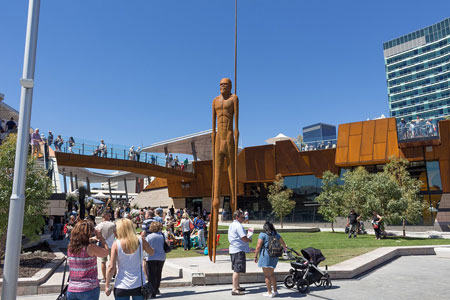
About the Hungarian Language
Hungarian is a Finno-Ugric language, which is a member of the Uralic language family. The group of Finno-Ugric languages also includes Finnish, Estonian, Lappic (Sámi) and some other languages spoken in the Russian Federation. Out of these it is Khanty and Mansi that are the most closely related to Hungarian. The Hungarian name for the language is magyar.
The traditional view holds that the Hungarian language diverged from its Ugric relatives in the first half of the 1st millennium BC, in western Siberia east of the southern Urals. The Hungarians gradually changed their lifestyle from being settled hunters to being nomadic pastoralists, probably as a result of early contacts with Iranian (Scythians and Sarmatians) or Turkic nomads. In Hungarian, Iranian loanwords date back to the time immediately following the breakup of Ugric and probably span well over a millennium. Among these include tehén ‘cow’ (cf. Avestan dhaénu); tíz ‘ten’ (cf. Avestan dasa); tej ‘milk’ (cf. Persian dáje ‘wet nurse’); and nád ‘reed’ (from late Middle Iranian; cf. Middle Persian nāy).
Archaeological evidence from present day southern Bashkortostan confirms the existence of Hungarian settlements between the Volga River and the Ural Mountains. The Onogurs (and Bulgars) later had a great influence on the language, especially between the 5th and 9th centuries. This layer of Turkic loans is large and varied (e.g. szó "word", from Turkic; and daru "crane", from the related Permic languages), and includes words borrowed from Oghur Turkic; e.g. borjú "calf" (cf. Chuvash păru, părăv vs. Turkish buzağı); dél ‘noon; south’ (cf. Chuvash tĕl vs. Turkish dial. düš). Many words related to agriculture, state administration and even family relationships show evidence of such backgrounds. Hungarian syntax and grammar were not influenced in a similarly dramatic way over these three centuries.
After the arrival of the Hungarians in the Carpathian Basin, the language came into contact with a variety of speech communities, among them Slavic, Turkic, and German. Turkic loans from this period come mainly from the Pechenegs and Cumanians, who settled in Hungary during the 12th and 13th centuries: e.g. koboz "cobza" (cf. Turkish kopuz ‘lute’); komondor "mop dog" (< *kumandur < Cuman). Hungarian borrowed many words from neighbouring Slavic languages: e.g. tégla ‘brick’; mák ‘poppy’; karácsony ‘Christmas’). These languages in turn borrowed words from Hungarian: e.g. Serbo-Croatian ašov from Hungarian ásó ‘spade’. About 1.6 percent of the Romanian lexicon is of Hungarian origin.
Recent studies support an origin of the Uralic languages, including early Hungarian, in eastern or central Siberia, somewhere between the Ob and Yenisei river or near the Sayan mountains in the Russian-Mongolian borderregion. A 2019 study based on genetics, archaeology and linguistics, found that early Uralic speakers arrived from the East, specific from eastern Siberia, to Europe. Today the language holds official status nationally in Hungary and regionally in Romania, Slovakia, Serbia, Austria and Slovenia.
NAATI Certified Hungarian Translator Service
We provide both Hungarian to English translation and English to Hungarian translations by NAATI translators.
- Hungarian driving licence translation
- Hungarian financial document translation
- Hungarian bank statement translation
- Hungarian birth certificate translation
- Hungarian marriage certificate translation
- Hungarian name-change certificate translation
- Hungarian degree translation
- Hungarian diploma translation
- Hungarian employment record translation
- Hungarian school transcript translation
- Hungarian passport translation
- Hungarian police report translation
- Hungarian no-criminal record translation
- Hungarian personal letters and cards
- Hungarian utility bill translation
- Hungarian death certificate translation
- Hungarian medical record translation
- Hungarian legal document translation service
- Hungarian translator for AHPRA
- Hungarian translator for Engineers Australia
- Hungarian translator for IMMI, DFAT
- Hungarian English translator for UAC
- Hungarian to English translation for local Australian universities
- English to Hungarian translation for overseas universities
Hungarian translation services - For all requests, email us for a quick quote.
Professional Hungarian Translator Services
- agriculture, forestry and fisheries industries
- automotive engineering translation
- advertising and marketing translation
- biomedical engineering translation
- aged care and child care facilities
- educational document translation
- employee induction and training document translation
- migration document translation
- energy, mining and resources industries
- medical translation
- legal document translation
- financial translation
- school letters to parents
- technical translation
- Hungarian translation service for brochures and flyers, working in design files such as Adobe InDesign, Illustrator, PowerPoint or Publisher (DTP Services)
- Hungarian brochure translation and typesetting services

